Membrane structure overview
In the 1950s, with the continuous development of the synthesis and modification technology of polymer materials in the chemical industry, a new type of building material with a unique personality called "Fifth Generation Building Materials" was born. It was a film. material. The film material is a high-strength flexible film used in the film structure. It is a durable, high-strength coated fabric made of a substantially coated resin or rubber woven into a fiber and has a flexible texture. , Small thickness, light weight, good light transmission characteristics.
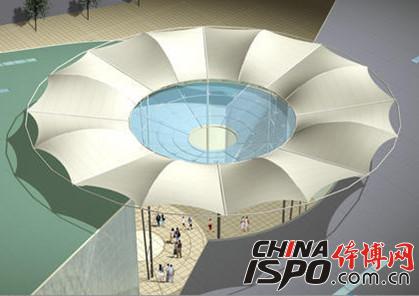
Membrane structure is the most important component of membrane structure engineering, and its role is equal to that of steel, concrete, and lightweight sheet. Since the 1960s, many countries in the world have begun to study membrane materials. Up until now, there have been many types of commonly used architectural membrane materials: PTFE membrane materials, PVC membrane materials, and PVC membrane materials with surface coatings. The membrane material that was initially used was a polyvinyl chloride (PVC)-coated polyester fabric. This membrane material only had a lifespan of 7 to 8 years. Under the interaction of solar ultraviolet rays and wind and rain, the film will become hard and brittle and break. Loss of structural performance can only be used for temporary construction. Designers realized that a stronger, more durable, non-flammable, translucent, and self-cleaning architectural fabric was needed. The glass fiber fabric developed by U.S. manufacturers in the 1970s met the above requirements. This material was first applied to the roof of a student center at Wien College in California in 1973.
At the same time, PVC-coated polyester fabrics have also greatly improved in performance. The manufacturer added a layer of coating on top of the original coating. The more mature ones were polyvinyl chloride (PVF) and saw blade vinyl chloride (PVDF). This surface layer not only protects the fabric against UV light, but also greatly improves the Cleanliness, which will increase the useful life of polyester fabrics to more than 20 years, can be used in permanent construction.
Membrane structure building
Membrane Structure Definition and Features
Membrane structure is a kind of tension structure system. The film surface is supported by the air pressure in the film, and a pretension is applied to the film by using a wire rope or a rigid support structure, thereby forming a structural system having a certain stiffness and capable of covering a large space. Membrane structures are the structures that use membrane structures as the structural system. The two major characteristics of membrane structure architecture are the spatial overall structure and pretension, which is why it is superior to the traditional structural system. The overall structure of the space makes the force more reasonable and the structure more stable. The pretension causes the membrane structure to become an almost pure tensile structure system, giving full play to the mechanical properties of the material.
Application of Membrane Structure in Architectural Design of Stadiums and Gymnasiums
The structure of the membrane structure has a unique shape, as a kind of advanced architectural form, in the decades to the bad and rapid development. With the development of this new type of structure, architectural vocabulary and spatial forms are also more diverse, and larger span roofs are possible. The classification of key points in the application of the membrane structure in the stadium building design analysis below.
Tensile type membrane structure
In order to welcome the 1972 Olympics, a design competition took place in 1967. Behnisch won the overall concept. The southern part of the selected base is located on the outskirts of the northern part of the city. It is a landfill for destroyers during the war and has millions of tons of rubble. These wastes are piled up into small hills and covered in natural rock formations to form a landscape of mountains and lakes, which has become a memorial to the base. This is the most critical idea from beginning to end, and this work is done with a sandbox.
The Munich competition program was designed by Behnisch and his partner and engineer Heinzlsler. They conceived a continuous tent with masts and cable nets that stretched over the main stadium to over two other venues, one of which even covered the entrance bridge across the highway. It is larger than any cable roof that was built, and people even wonder if it can be built. In order to further in-depth program design, Leonhart and Andra were appointed as the main engineers, Jorg Sehlaich as the program director, and Freotto was hired as the consultant. The cable net roof was finally modified to form a shape that was a different shape and the position of the mast was modified but still finally Behnisch's original. New technology was adopted, engineering technology was fully utilized, and builders and process experts worked in unison. New processes came into being.
Inflatable membrane structure
The inflatable membrane structure is divided into gas-support membrane structure and air-assisted membrane structure. The gas-support membrane structure fixes the membrane material to the periphery of the roof structure. After the air supply system is used to raise the indoor air pressure to a certain pressure, the pressure difference between the inside and the outside of the roof is generated to resist the external force. Due to the use of air pressure to support and the steel wire as an auxiliary material, without any support of the beam and the column, the gas-support structure can obtain more space, the construction is quick and the economic benefit is high, but the 24H blower operation needs to be maintained, and the continuous operation and the machine are maintained. The cost of maintenance costs is higher. The air-assisted membrane structure is a roof system composed of an independent closed chamber with an arched supporting capacity after being inflated and separated by a membrane. The advantage of the air-assisted membrane structure compared to the gas-supported type is that the room is an atmospheric gas atmosphere.
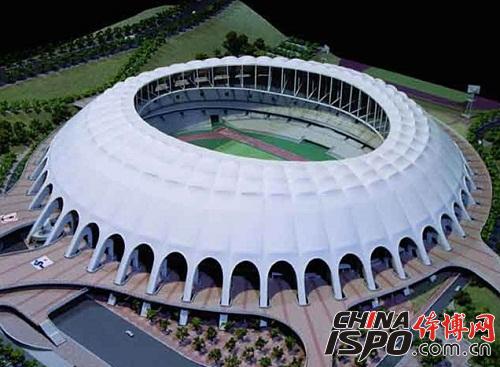
Truss supporting mold structure building
From June 1 to June 30, 2002, South Korea and Japan jointly organized the 2002 World Cup soccer championship. In the two countries, several stadiums were built respectively, of which, four of South Korea's nine seats have membrane-structured roofs, including Jeju Stadium, Seoul Stadium, Busan General Stadium, and Daegu Stadium. The structure of these stadiums uses a truss to support the construction of the cable roof structure at Busan Stadium. The membrane material is used as a covering material.
The role of the various components of the roof structure:
(1) The field ends of the front truss and radial truss are used to effectively resist wind suction. The steel cable connected to the mast bears the gravity load and forward wind load.
(2) The rear truss is used to constrain the off-site end of the radial truss and transmit the roof load to the main radial truss.
(3) Radial truss with cantilever consists of round steel pipe, which plays a role in connecting the front and rear trusses.
(4) The truss composed of three kinds of components, in addition to supporting the roof load, also has the function of controlling the lateral displacement of the main radial truss.
(5) The front truss at the end of the roof is used to resist wind suction.
(6) The mast is the main component of the support roof structure. It consists of variable-diameter steel tubes of different diameters. Six masts of different heights (80m/60m/40m) support the entire roof structure.
(7) The cable and the side cord are fixed on the top of the mast. A cable (82.5 mm in diameter) supports the front end of the roof, and two cables (69.8 mm in diameter) support the rear end of the roof. The cable used to pull the mast should be fastened to the anchor on the top of the mast. The pull cable is used to balance the structural load of the roof.
(8) The tetrahedral cable truss support film consists of four bottom wire ropes, four top wire ropes and tie rods. Four bottom wire ropes are used to control the lateral displacement of the truss and act as the main structure. The film covering the radial truss and the connecting truss requires a suitable curvature. The film surface is usually subjected to a suction load with two vertical curvatures.
Cable roof construction
The representative of the cable roof is the Busan Stadium in Korea. The stadium can accommodate 71,000 spectators. It was originally designed for the 2002 Asian Games. For a variety of competitions, the roof structure uses a retractable triangular pull top. Later, due to the small roof opening of the original design, which did not meet the requirements of FIFA, the field turf should have sufficient sunshine. Therefore, the roof structure was replaced with a cable membrane system. The size of the middle elliptical hole was 180m × 152m instead of the original design. 120m diameter hole. The new roof structure is connected by upper and lower ring cables. The entire roof structure is supported on the reinforced concrete inclined columns and steel ring beams around the outer ring.
Liyang Paper Products Co., Ltd. was established in 1999,a professional enterprise integrated in R&D,Marketing and Manufacturing.Liyang Printing provide best solutions and service to various fields of industry.For example,we can make nice and luxury food boxes for food packaging.Such as Food Box,Wooden Food Box,Paper Food Box,Square Food Box,etc.Our food boxes with high quality are exquisite packaging for your products.
We are committed to offering packaging solutions to help customers improve sales volume.
Any inquiries on our food boxes,welcome to contact us at any time.
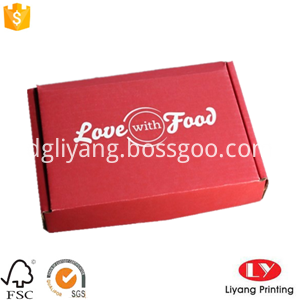
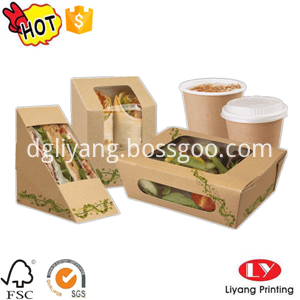
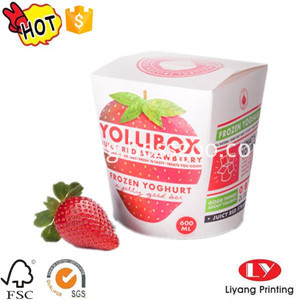
Food Box
Food Box,Cardboard Food Box,Paper Food Box,Square Food Box
Liyang Paper Products Co., Ltd. , https://www.liyangprinting.com